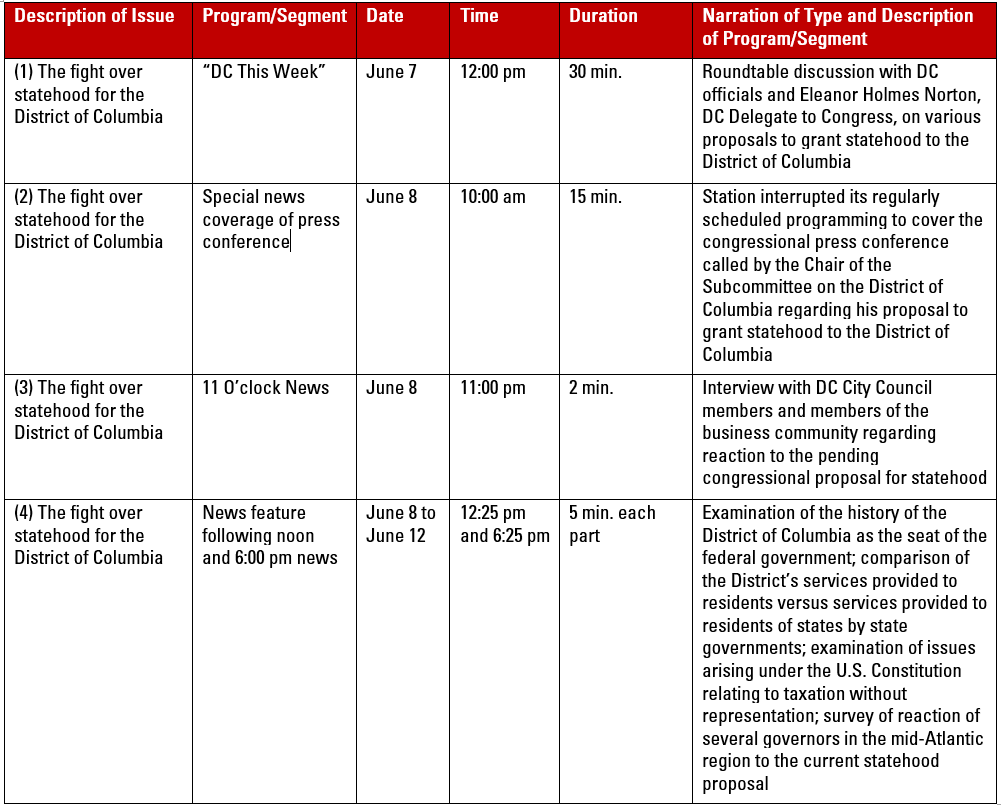Search
Published on:
License Renewal Application Reminder for Radio Stations in Kansas, Nebraska, and Oklahoma and Television Stations in Arkansas, Louisiana, and Mississippi
Full power commercial and noncommercial radio, LPFM, and FM Translator stations, licensed to communities in Kansas, Nebraska, and Oklahoma, and full power TV, Class A TV, LPTV, and TV Translator stations licensed to communities in Arkansas, Louisiana, and Mississippi, must file their license renewal applications by February 1, 2021.
February 1, 2021 is the license renewal application filing deadline for commercial and noncommercial radio and TV broadcast stations licensed to communities in the following states:
Full Power AM and FM, Low Power FM, and FM Translator Stations:
Kansas, Nebraska, and Oklahoma
Full Power TV, Class A, LPTV, and TV Translator Stations:
Arkansas, Louisiana, and Mississippi
Overview
The FCC’s state-by-state license renewal cycle began in June 2019 for radio stations and in June 2020 for television stations. Radio and TV stations licensed to communities in the respective states listed above should be moving forward with their license renewal preparation. This includes familiarizing themselves with not only the filing deadline itself, but with the requirements for this important filing, including recent changes the FCC has made to the public notice procedures associated with the filing (discussed below).
The license renewal application (FCC Form 2100, Schedule 303-S) primarily consists of a series of certifications in the form of Yes/No questions. The FCC advises that applicants should only respond “Yes” when they are certain that the response is correct. Thus, if an applicant is seeking a waiver of a particular rule or policy, or is uncertain that it has fully complied with the rule or policy in question, it should respond “No” to that certification. The application provides an opportunity for explanations and exhibits, so the FCC indicates that a “No” response to any of the questions “will not cause the immediate dismissal of the application provided that an appropriate exhibit is submitted.” An applicant should review any such exhibits or explanations with counsel prior to filing.
When answering questions in the license renewal application, the relevant reporting period is the licensee’s entire 8-year license term. If the licensee most recently received a short-term license renewal, the application reporting period would cover only that abbreviated license term. Similarly, if the license was assigned or transferred via FCC Form 314 or 315 during the license term, the relevant reporting period is just the time since consummation of that last assignment or transfer. Continue reading →
 Comm Law Center
Comm Law Center


